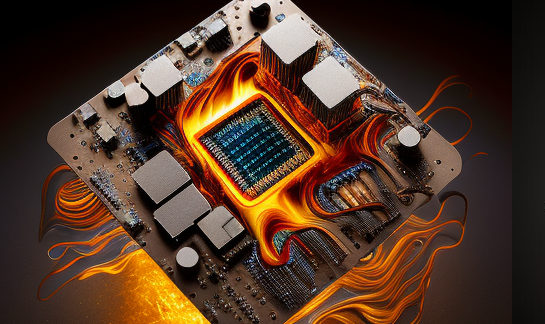Home is where the heart is
- While I am not a fan of Essential Products’ phone (see here), I think that the strategy around the smart home is bang on I think it has created the right product.
- I don’t like the phone simply because it does not do anything particularly special in a brutal commodity market and given the company’s overall strategy, I see no real need why it can’t make use of the phones of others.
- However, the Home product is something else, and although it may not succeed, I think that it has a good chance.
- This is because, I think Home has been designed to explicitly address the two biggest problems with home automation that exist today.
- These are:
- Firstly, voice control: RFM research (see here) has found that voice communication with machines is very far from being good enough to work effectively without a screen for output.
- The issue is that even the best machines are not yet intelligent enough to provide a useful experience using voice only and often have to fall back to a screen.
- In Google Assistant’s and Alexa’s case this means using the screen of the phone which is not an optimal experience especially as most voice usage is when the hands are busy doing something else.
- Essential Home has already taken this into consideration and the small device has an attractive looking screen on the top.
- This looks much better than hideous Amazon Show which seems to have been designed to be a jack of all trades.
- I think that Essential has hit the nail on the head and its product should optimally fix the single biggest current problem with human machine voice interaction.
- Second, fragmentation: Despite Amazon Alexa being able to talk to almost everything, the experience remains horribly fragmented.
- The real use case for the smart home is where all elements of the home are aware of each other and can be controlled together.
- For example, the use should be able to say “I am going to bed” resulting in the doors locking, blinds drawn, heating turned down and so on.
- Instead each separate device has to be manually operated and adjusted.
- The experience on Alexa is so bad that it is quicker and more convenient to make these adjustments by hand.
- Apple HomeKit also addresses this problem effectively but I see little traction among the smaller, more innovative smart home device creators.
- Furthermore by being limited to Apple products only, 85%+ of the market is not being addressed.
- This is the problem that Essential has recognised and is trying to address this by making its Home APIs and Ambient OS as open as possible.
- I like the potential of this product as it is both differentiated from its competition and has been designed to explicitly solve the biggest problems with home automation.
- There has been no word as to what assistant will be resident in the device, but if Essential is smart, it will ensure that the user can use any assistant he chooses.
- The problem is going to be getting the device into the hands of users in volume.
- This will be critical because volume deployments will be needed to get developers to make their products work on Ambient OS.
- This is the old chicken and egg problem which is very difficult to crack but once it is solved creates real momentum for a platform.
- This is the problem that Amazon cracked earlier this year and now every developer of any smart product will make it work with Alexa.
- This will be the key to getting the Home product to succeed but it is going to be an uphill battle even for a start-up as well financed as Essential Products Inc.









Blog Comments
Victor
June 9, 2017 at 8:43 am
“For example, the use should be able to say “I am going to bed” resulting in the doors locking, blinds drawn, heating turned down and so on.”
Alexa does this by Groups of devices with assigned states. Apple does this by Scenes. Amazon’s approach is a bit clunky, but it can work as you have in mind.
Google Home isn’t there yet, but it will get there as well. This is the basics.
phase 1: everything is a dumb remote control. on/off, motor direction, etc.
phase 2: groups are assigned to devices with triggers (a voice command, a time of day, geolocation, etc.)
phase 3: machine learning: habits are observed and learned, with extrapolated actions based on behavior.
I have a feeling that Apple and Google can get to phase 3 faster than Amazon. Amazon’s machine learning has been about shopper behavior. Google has this learning in Nest, but Works with Nest makes these decisions about device behaviors without exposing any of it to the end user. Google also has done this sort of predictive ML with Google Now. Apple’s shown Siri make smart recommendations, it’s not too far to presume the same ML can be applied to HomeKit.